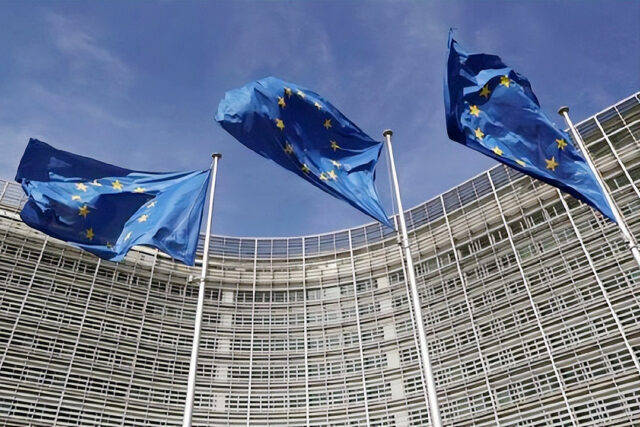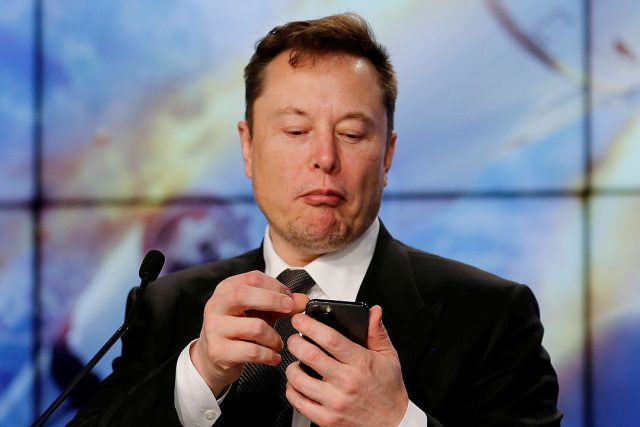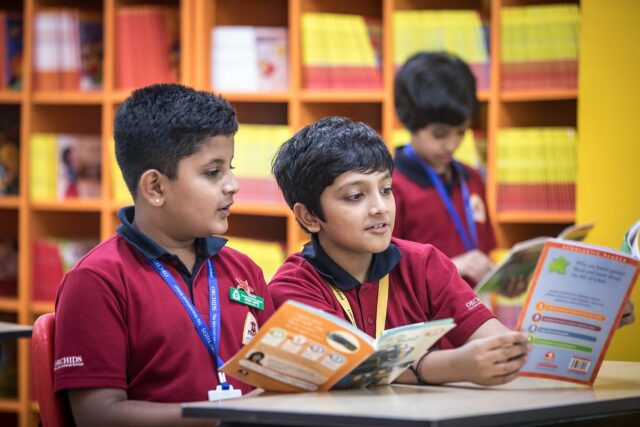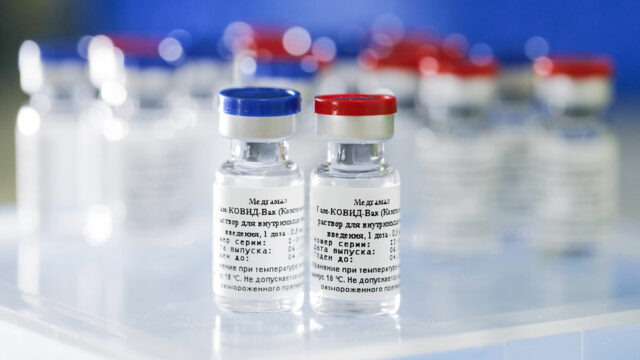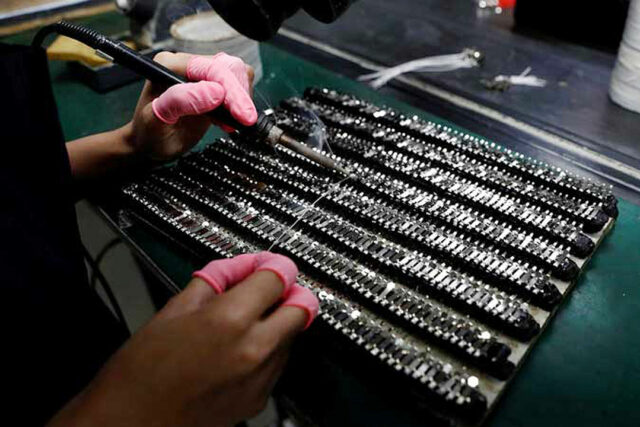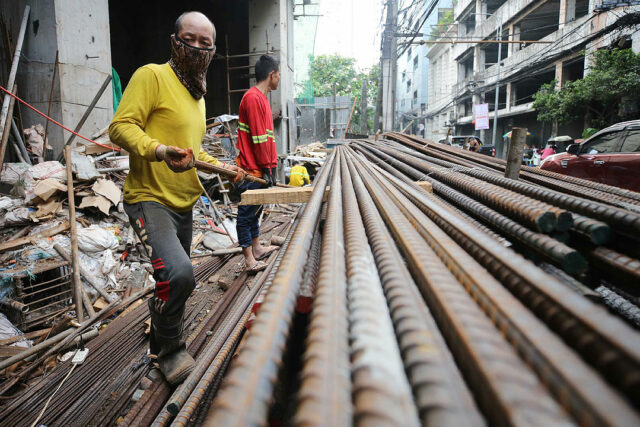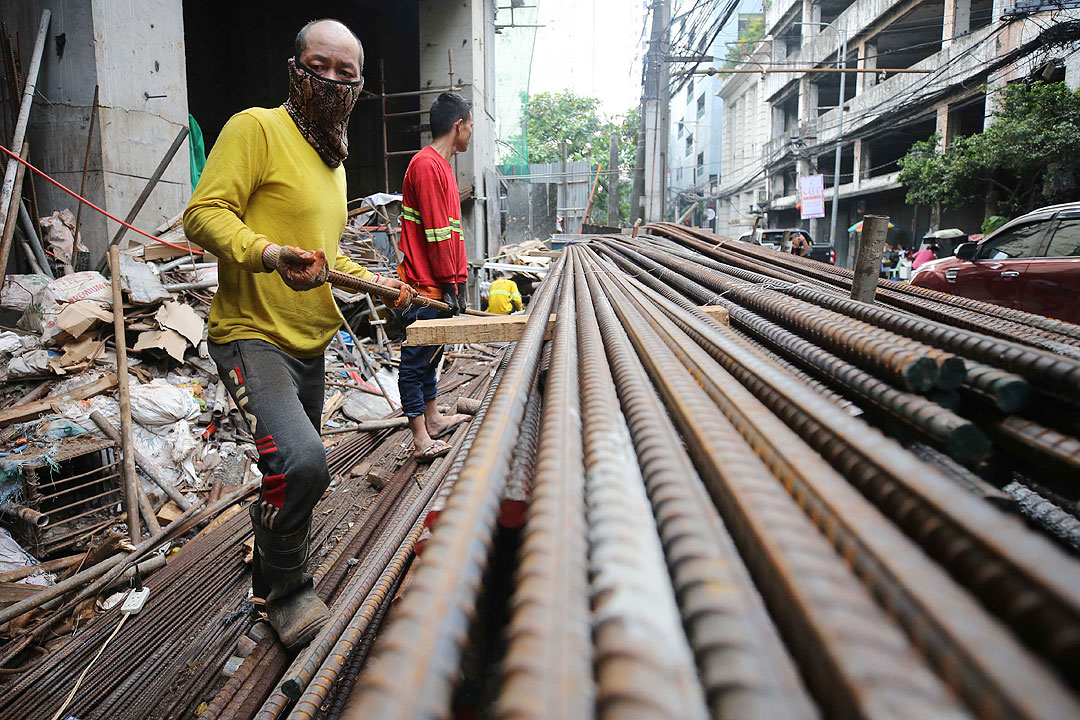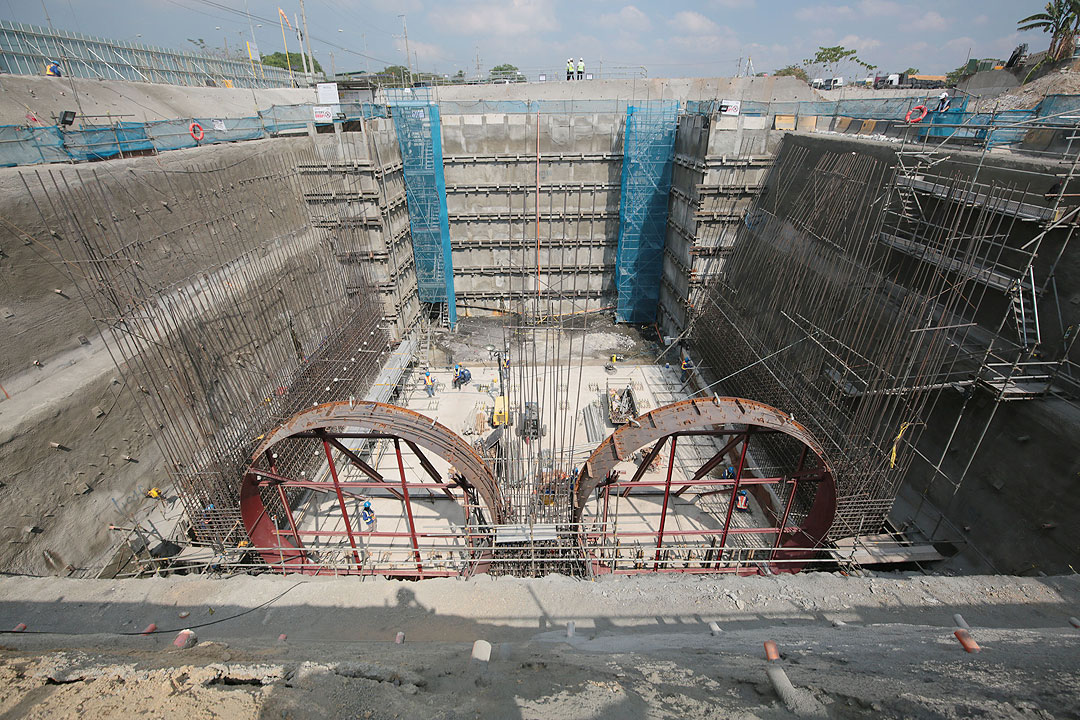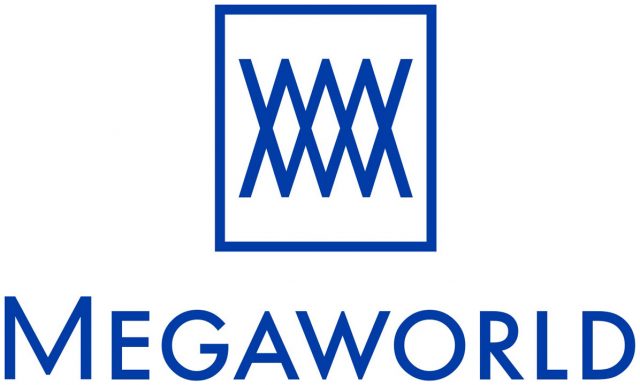NEW DELHI – Indian financial consultant Waqar Khan has seen his income drop by about a fifth since the coronavirus pandemic began. When his younger son’s private school raised fees by 10% this year, he had no choice but to move him to the state system.
With three children and living in a small house in the capital, New Delhi, the 45-year-old can no longer afford private school fees for his boy of 10. He moved his older boy into a state school in early in 2021.
“I had no option,” Khan told Reuters, adding that rising education costs had come on top of a nearly 25% increase in household expenses in the past two years.
While inflation is putting the heaviest burden on the poorest, the relatively well-off are coming under the sort of pressure to make cuts in household budgets not seen in years.
Khan is among millions of parents who have moved children from private to state education since 2020, or from elite schools to cheaper ones. In 2021, four million children switched from private to state, more than 4% of all children in school.
That is a reversal of a trend that has swept India over the past two decades, as more families in an increasingly prosperous society opted for private education to give their children an advantage in the job market.
But now inflation means that such aspirations are becoming unaffordable for some.
“My family life is shattered. I often feel distressed and helpless at being unable to provide good education for my children despite all the hard work,” Khan said.
His daughter, a 12th grade student, is still at the school where his 10-year-old had been, as he has not been able to find a place in the state system for her.
For the fast-growing middle class, the appeal of lessons in English and better teaching is huge.
The private sector covers a range of schools and fees, from a few dollars a month to hundreds, and so serves lower- and middle-income families as well as the wealthy.
On top of fees, transport companies that take children to school have raised prices by more than 15% this month in Delhi and some other places to cover higher wages and fuel, parents’ associations said.
Arjun Singh, 47, who drives a school van and owns three school cabs, said he increased his charges by up to 35% in April because of higher costs. Prices for compressed natural gas (CNG) for his vehicles had almost doubled, he said.
Broader inflation is biting hard, touching 6.95% in March – a 17-month high and above the central bank’s target, and economists say that households are bracing for worse as companies pass on the costs.
‘ADVERSE CONSEQUENCES’
Many private schools have raised fees and other charges by more than 15% this year, said Aparajita Gautam, president of the Delhi Parents Association, although some had delayed doing so during the worst of the pandemic.
Her association has protested at a number of private schools in the capital, drawing the attention of the media and authorities.
In response, Delhi’s government has simplified the procedure for enrolling in state education and promised to audit school accounts, while trying to encourage schools to cap fee increases at 10%, with little success.
“Most private schools are forcing parents to accept steep hikes or face adverse consequences,” Gautam said.
In the city of Kolkata, nearly 70% of private schools raised fees by up to 20% last month, and some parents have asked authorities to press schools to soften the blow.
Schools defend the higher fees.
Sudha Acharya, head of the National Progressive Schools’ Conference and principal at ITL Public School, understood that many parents were going through tough times but schools faced rising costs.
“Without increasing school fees again, maintaining quality is a little difficult,” she said.
The Delhi-based Centre Square Foundation, a consultancy, found in a 2021 study that a majority of 450,000 private schools in India, 70% of which charged up to 1,000 rupees ($13) a month per student, faced financial losses of 20%-50% during the pandemic.
As parents defaulted, some schools cut teachers’ pay and thousands of schools, particularly those catering to lower-income families, closed, according to school associations and state authorities.
Enrolment in private schools has skyrocketed to more than 35% of students from about 9% in 1993, and nearly 50% of households spend nearly 20% of their earnings on children’s education, according to government and industry estimates.
A family with monthly income of 20,000-50,000 rupees ($260-$650) might pay 2,000-10,000 rupees a month on tuition and another 1,500-5,000 rupees on transport.
DEBT TRAP
There are about 90 million Indian children in private schools in total.
Federal and state governments spent 6.43 trillion rupees ($84 billion) to fund about 1.1 million schools in 2019/20, or about 3.1% of gross domestic product against 6% recommended by various government panels.
Economists said rising private education costs were not fully captured in inflation data, as it is weighted at just 4.5% in the consumer prices index based on a decade-old model.
Devendra Pant, chief economist at India Ratings, the Indian arm of the Fitch rating agency, said rising education costs were part of a second wave of inflation households were facing after a rise in global crude oil and other commodity prices.
“It would significantly impact households’ monthly budget and could force many to cut spending on other products and services.”
Some parents have been caught in a nightmare debt trap that could rob their children of education altogether.
Sanjay Kumar Vaghela, a driver in Ahmedabad city who had to borrow money after losing work, said he could not afford to pay the higher fees for his daughter nor clear the 18,000 rupees he still owed her school.
The school asked him to pay the outstanding fees before it issued a transfer certificate, without which no state school was prepared to admit his daughter, he said.
“My daughter may remain without education forever as I have no funds to pay,” he said. – Reuters


